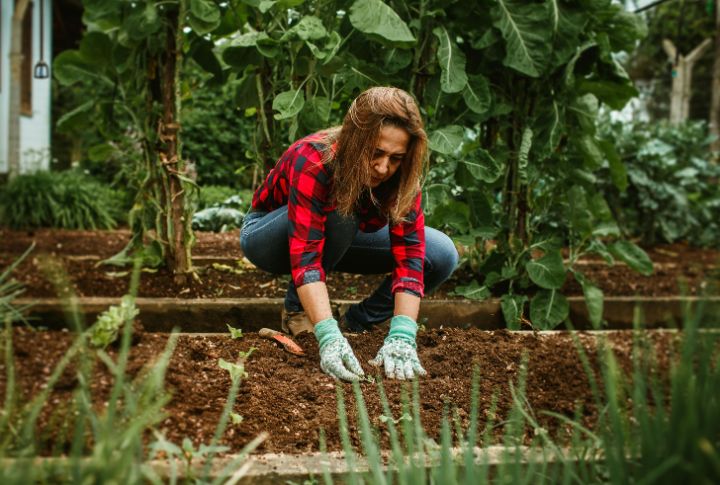
Every gardener faces that quiet moment of hesitation—the one where you hold a packet of seeds or a few leftover bulbs and wonder if you’ve missed your chance. Fall slips by faster than anyone expects. One week, the afternoons are warm enough for digging, and the next, frost starts creeping across the grass. You start asking yourself: Is it too late to plant now?
The Fine Line Between “Still Time” And “Too Late”
There isn’t a single date on the calendar that says, “Stop planting.” Fall’s timing depends entirely on where you live, the kind of plants you’re growing, and how unpredictable the weather decides to be. A good rule of thumb is to plant about six to eight weeks before your area’s average first hard frost. That gives roots time to establish before the ground freezes solid.
You can easily find your average frost date by checking your ZIP code on the USDA Plant Hardiness Zone Map or on the websites of your local extension office. In northern states like Minnesota, Wisconsin, or Maine, that window usually closes by late September or early October. Farther south, in places like Georgia, Texas, or the Carolinas, you may have until late November or even December before it’s truly too cold.
Soil temperature matters even more than air temperature. When it drops below 40°F (4°C), root growth essentially stops. A simple soil thermometer can help; if it’s hovering in the mid-forties during the day, your window is closing fast.
What Can Still Thrive Late In The Season
Even when the season feels nearly over, certain plants actually prefer the chill. Garlic is one of the last crops you can safely plant. Most gardeners put it in the ground just before it freezes, so it can rest through winter and sprout early in spring. Spring bulbs like tulips, daffodils, and crocuses also thrive when planted in cool soil, as long as it’s not frozen.
If you’re determined to keep growing, focus on cold-tolerant greens such as spinach, kale, or arugula. These crops can handle light frosts and taste sweeter after a cold snap. For landscaping, hardy perennials like hostas, peonies, and daylilies can still settle in if your ground is workable. And if you’ve truly run out of time, sowing cover crops like clover, winter rye, or vetch can protect your soil and improve it for next year’s planting.
Extending The Season
There are a few ways to stretch your season a bit further. Adding a layer of mulch (about two to three inches thick) helps insulate the soil and keeps roots warm and moisture consistent. Row covers or cold frames can also hold in heat, allowing you to plant a couple of weeks later than usual. Raised beds tend to warm up faster and drain better, so they’re ideal for late fall planting.
However, even with these tricks, nature always has the final say. Once the days shorten and the soil cools, growth slows dramatically. Seeds that take more than a couple of weeks to germinate will likely stall out until spring. That’s when effort turns from hopeful to futile, and it’s time to put the tools away.
When It’s Time To Pause
Fall is a reset. Beneath the surface, the soil is alive, breaking down organic matter, feeding microbes, and preparing for spring. The garlic you put in, the bulbs you managed to plant, even the cover crops you scattered—they’ll all be quietly working while you wait.
So, when you ask whether it’s too late to plant, you’re really asking if the earth is ready to rest. And when it is, it’s okay to follow its lead. Because the best gardeners know that growth doesn’t stop when planting does. It is just waiting for the right time to rise again.

